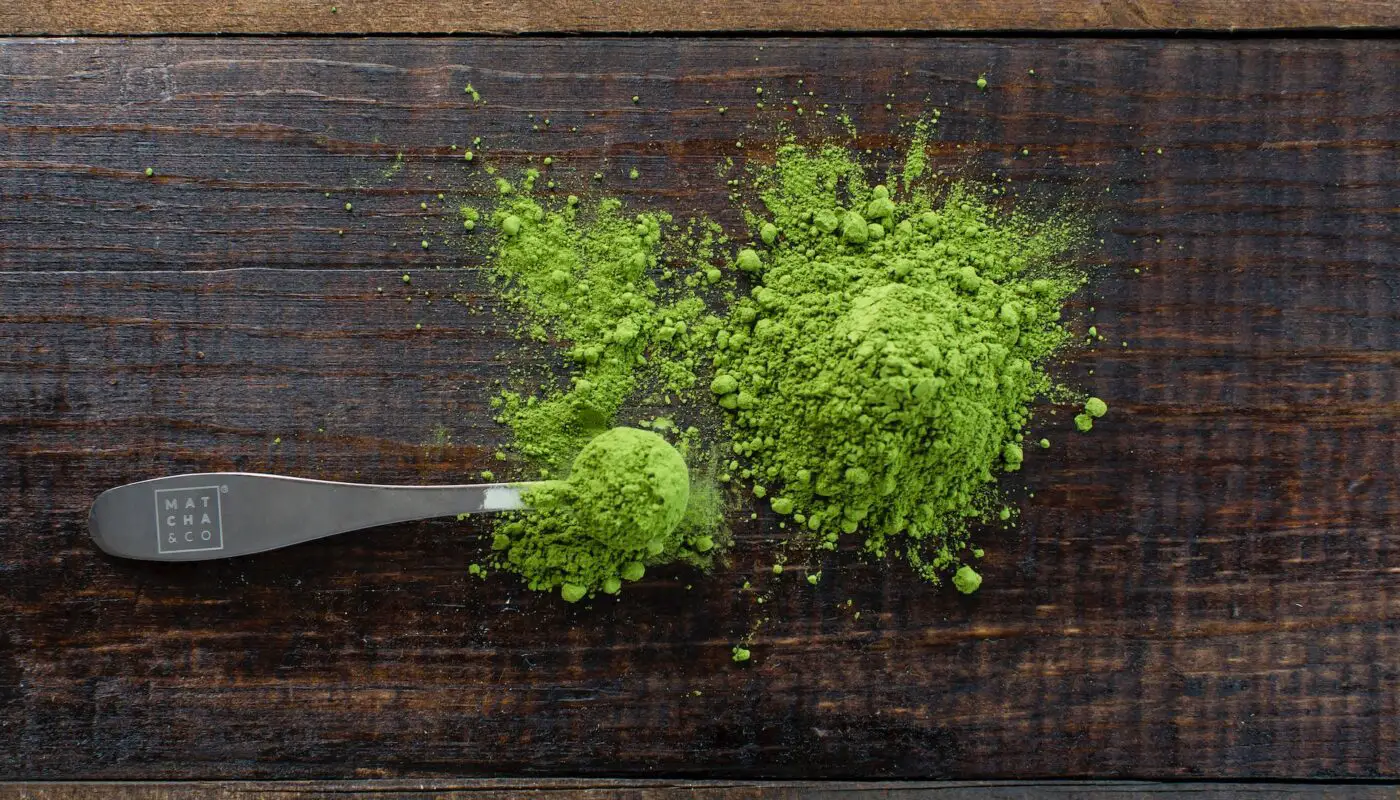Kratom tincture and extract have been gaining popularity recently as many people are searching for “kratom tincture vs extract.” The tincture is made by soaking Kratom leaves in alcohol, while boiling Kratom creates the extract leaves down to a resin and then crushing it into a powder. The extraction process removes many of the less potent elements of Kratom, leaving a more potent product favored by many for its convenience and strong effects. The tincture and extract can be used in various ways, including adding to beverages and food or simply ingesting directly. As with any supplement or substance, it is essential to use caution and research before trying a tincture or extract to ensure it is safe and appropriate.
7 Differences Between Kratom Tincture And Extract
1. Manufacturing
Kratom is a natural herb that has been widely used for centuries. Its popularity has grown in recent years, and there are now various ways to consume it. Two of the most popular methods are through tinctures and extracts. While they may seem similar, their manufacturing processes are quite different. A tincture is created by steeping the leaves in alcohol and filtering out the liquid.
This method is time-consuming but preserves more of the plant’s natural compounds.
In contrast, a kratom extract is made by boiling the leaves to a concentrated resin and then purifying it with solvents. This process creates a much more potent product but removes some of the natural compounds. Understanding these two products’ differences can help consumers choose which method works best for them.
2. Cost
If you’re new to Kratom, you may have encountered the terms “tincture” and “extract.” These are two popular ways of consuming Kratom, but they differ in words of their cost. The tincture is typically more affordable than its extract counterpart.
This is because tinctures are made by soaking the leaves in alcohol, which is a relatively simple and inexpensive process. Extracts, on the other hand, require a more complex manufacturing process involving removing and concentrating the active alkaloids. As a result, they tend to be pricier. So, if you’re looking for a cost-effective method of enjoying Kratom, tinctures may be the way to go.
3. Long-Lasting Effects
Kratom extract and tincture are two forms of concentrated products, each with unique properties and effects. The extract is made by boiling leaves with ethanol or water, producing a highly concentrated form of alkaloids. This extract is usually a resinous substance that can be ingested or smoked.
On the other hand, tincture is made by soaking leaves in alcohol or glycerin, resulting in a liquid form of Kratom—the main difference between the two lies in their long-lasting effects. The tinctures tend to have a quicker onset but shorter duration of effects, while extract can last up to eight hours. If you are considering using Kratom, it is essential to research carefully and consult with a healthcare professional to determine which form is best for you.
4. Onset
The extract is made by boiling the leaves or powder, which concentrates the alkaloids in them, resulting in a highly potent extract. On the other hand, a tincture is made by soaking the leaves or powder in an alcohol and water mixture, which extracts the Kratom alkaloids slowly.
Due to this, the extract has a rapid onset and can have a more powerful effect than Kratom tincture. Whereas tincture, being water-based, has a slower onset but provides a smoother and more sustained effect. Therefore, if you are looking for quick-acting Kratom with high potency, the extract might be the better option, while for those who prefer a milder effect, tincture might be more suitable.
5. Easy To Dose
Tinctures use alcohol to extract the alkaloids, while extracts are made using a method that leaves only the alkaloids. The problem with Kratom extract is that it is much more potent than Kratom leaves, making it difficult to get the dosage right. On the other hand, Kratom tincture has a consistent potency, making it easier to get the desired effect.
Furthermore, tinctures have different strengths, making it easier for users to accurately control their intake and dose. In conclusion, although both tincture and extract have their benefits, tincture stands out as the preferred option for those wanting greater control over their dosage.
6. Variety Of Products
Among the many forms of products available, the tincture and extract often need clarification due to their similar appearance and method of consumption. However, the main difference between these two products lies in their concentration. A tincture is made by soaking the plant leaves in alcohol or another solvent.
At the same time, an extract involves using a more complex process to isolate and concentrate specific alkaloids. The variety of tinctures and extracts available in the market can vary greatly in potency, flavor, and effects. Conduct thorough research and consult with a trusted vendor before selecting a product that suits your needs.
7. Shelflife
While both Kratom tinctures and extracts share many similarities, their shelflives differ. A tincture typically has a longer shelf life than an extract. Extracts, conversely, are derived by extracting the alkaloids from the Kratom plant using water or a combination of water and alcohol. While this process results in a stronger concentration of alkaloids, it also means that the extract has a shorter shelf life than a tincture. Whether you opt for a tincture or extract ultimately depends on your preference and how long you plan to keep it.
Final Words About Kratom Tincture And Extract
The tinctures are produced using an extraction method that involves soaking the leaves or powder in alcohol or vinegar. The result is a less potent liquid than an extract and has a lower concentration of the plant’s active compounds. The extracts, on the other hand, are made through a more intensive process that involves boiling leaves to extract the alkaloids. This process results in a more potent and concentrated product that typically comes in powder form. Understanding the differences between these two products can help you choose the right one for your needs.
Kratom is not controlled under the Controlled Substances Act; however, there may be some state
regulations or prohibitions against the possession and use of kratom. The FDA has not approved Kratom
for any medical use. In addition, DEA has listed kratom as a Drug and Chemical of Concern.



